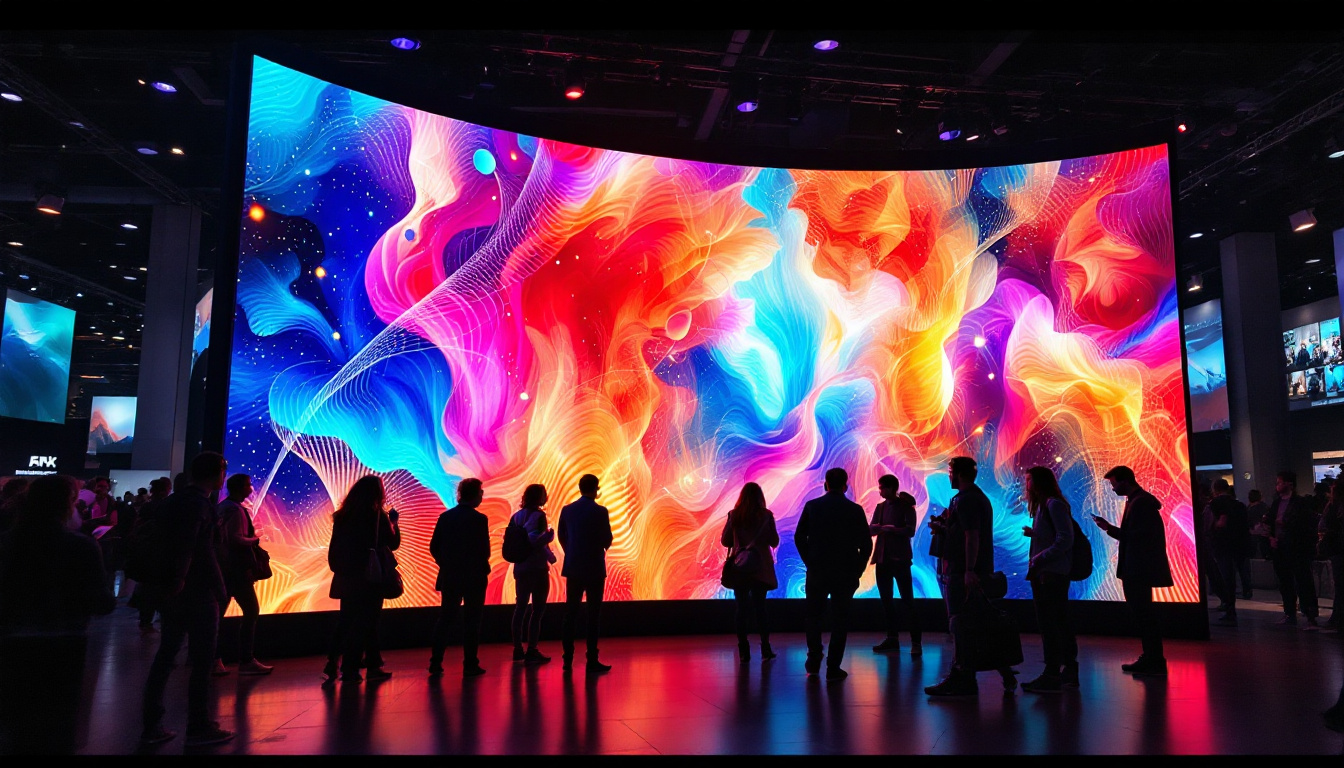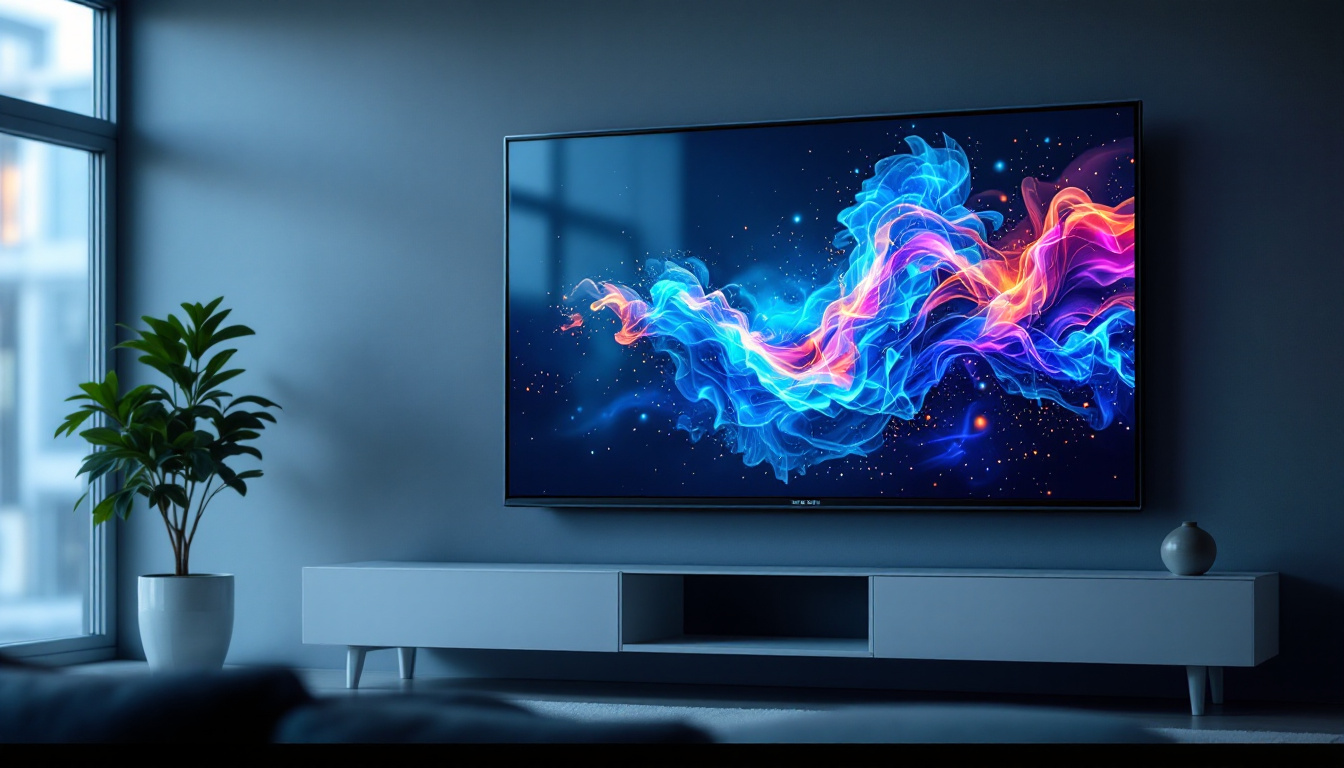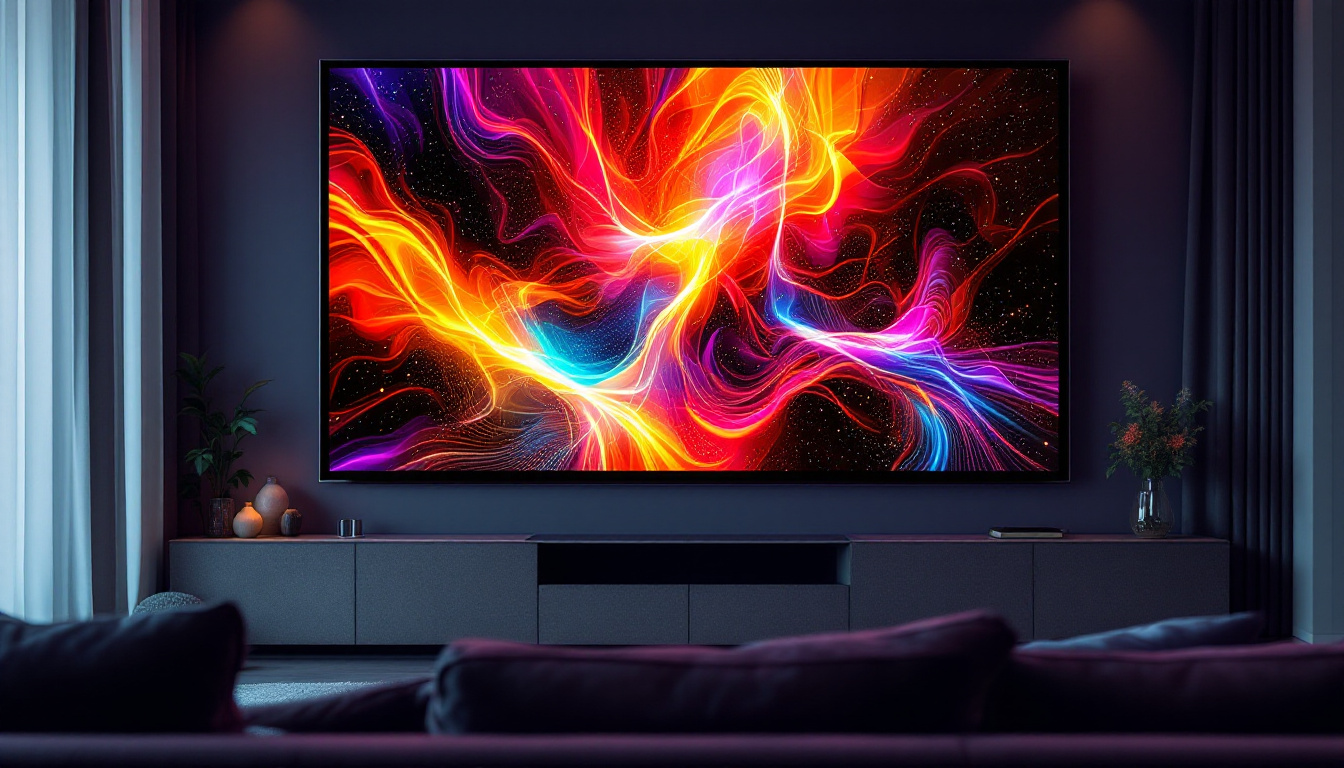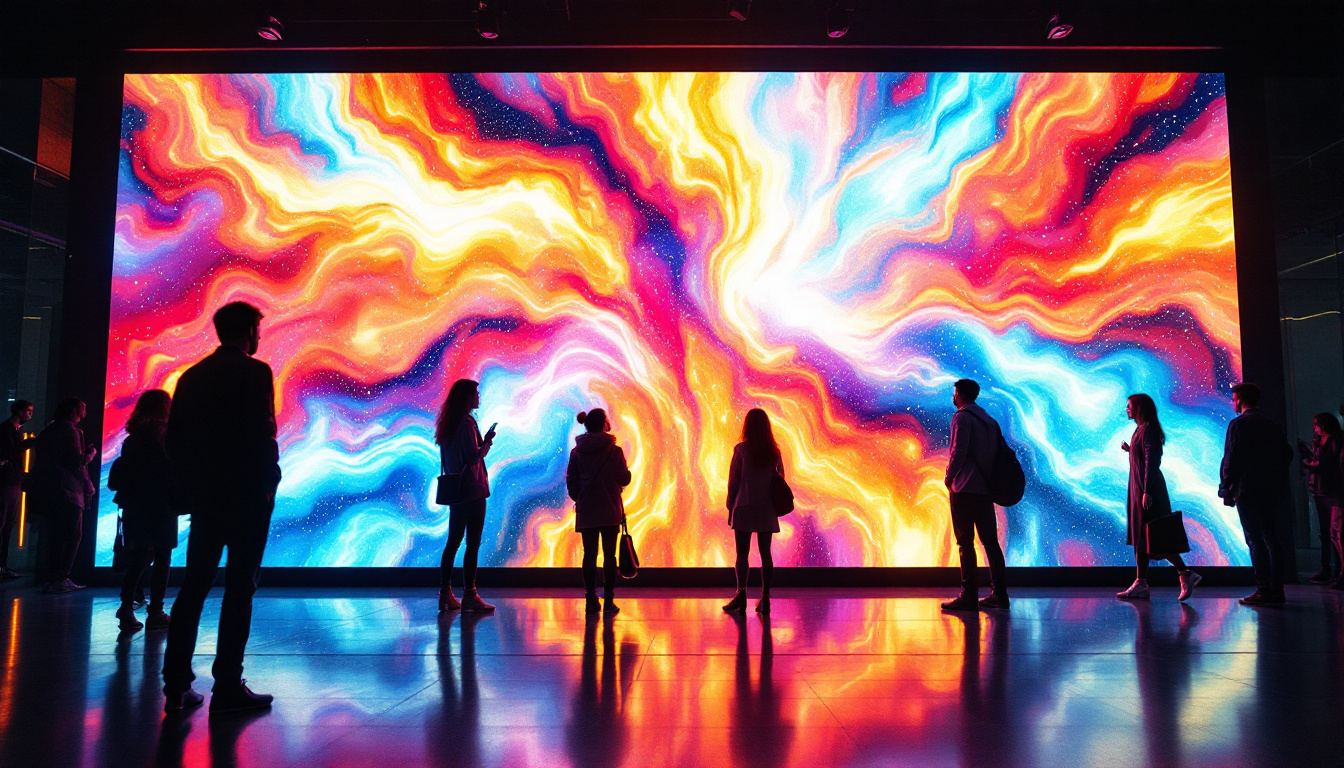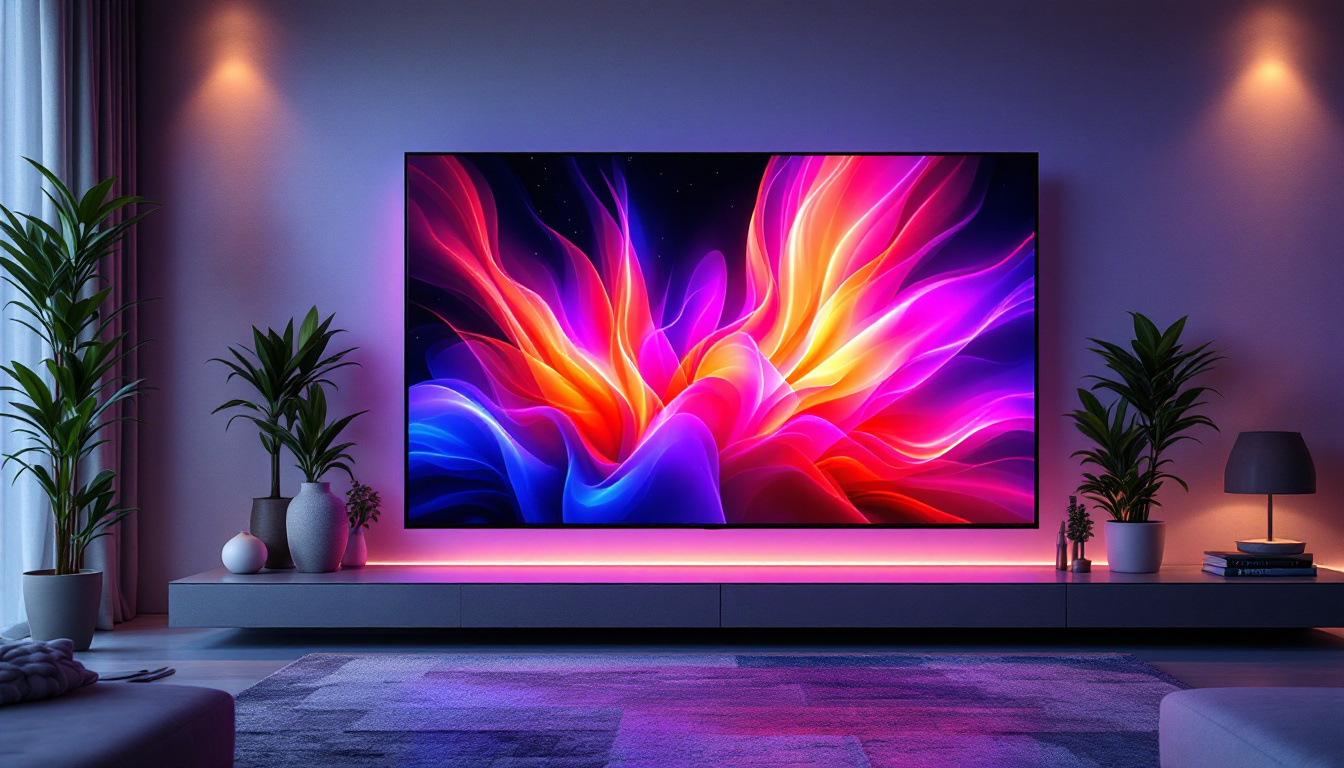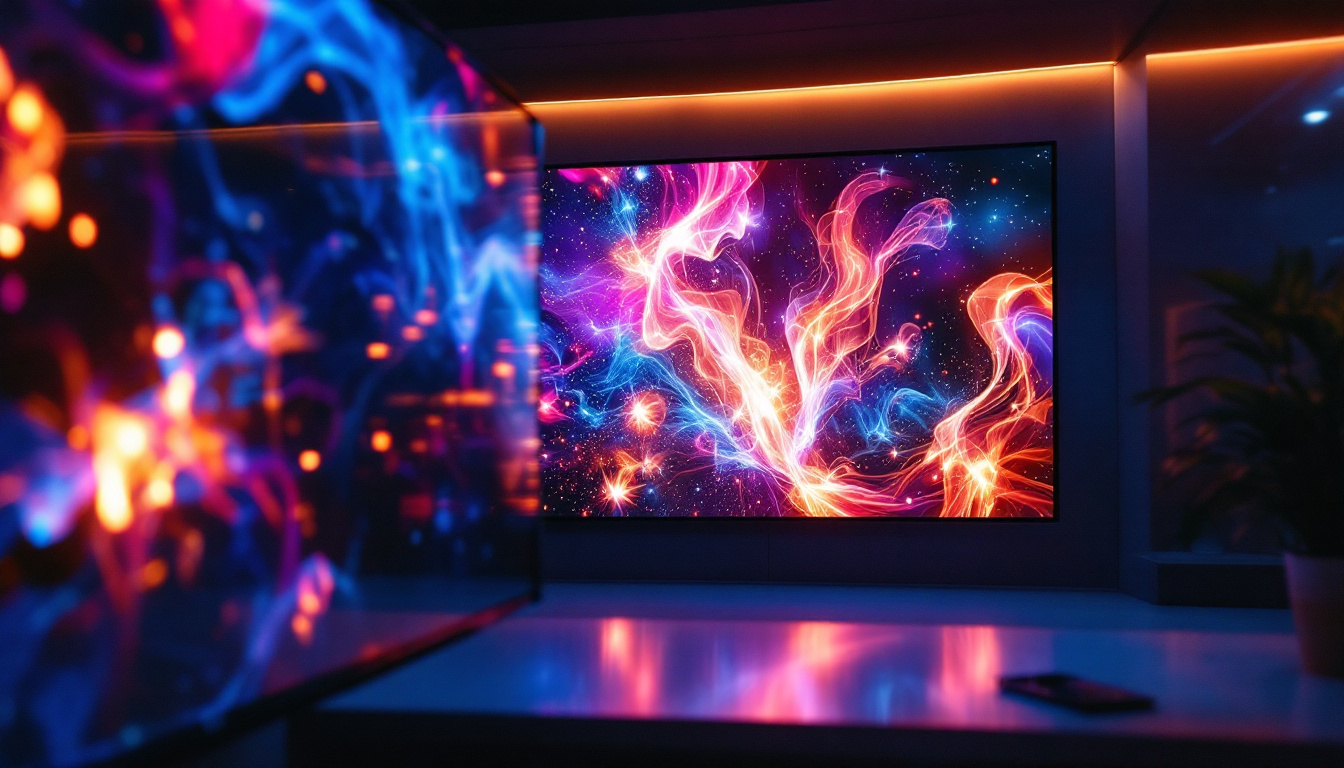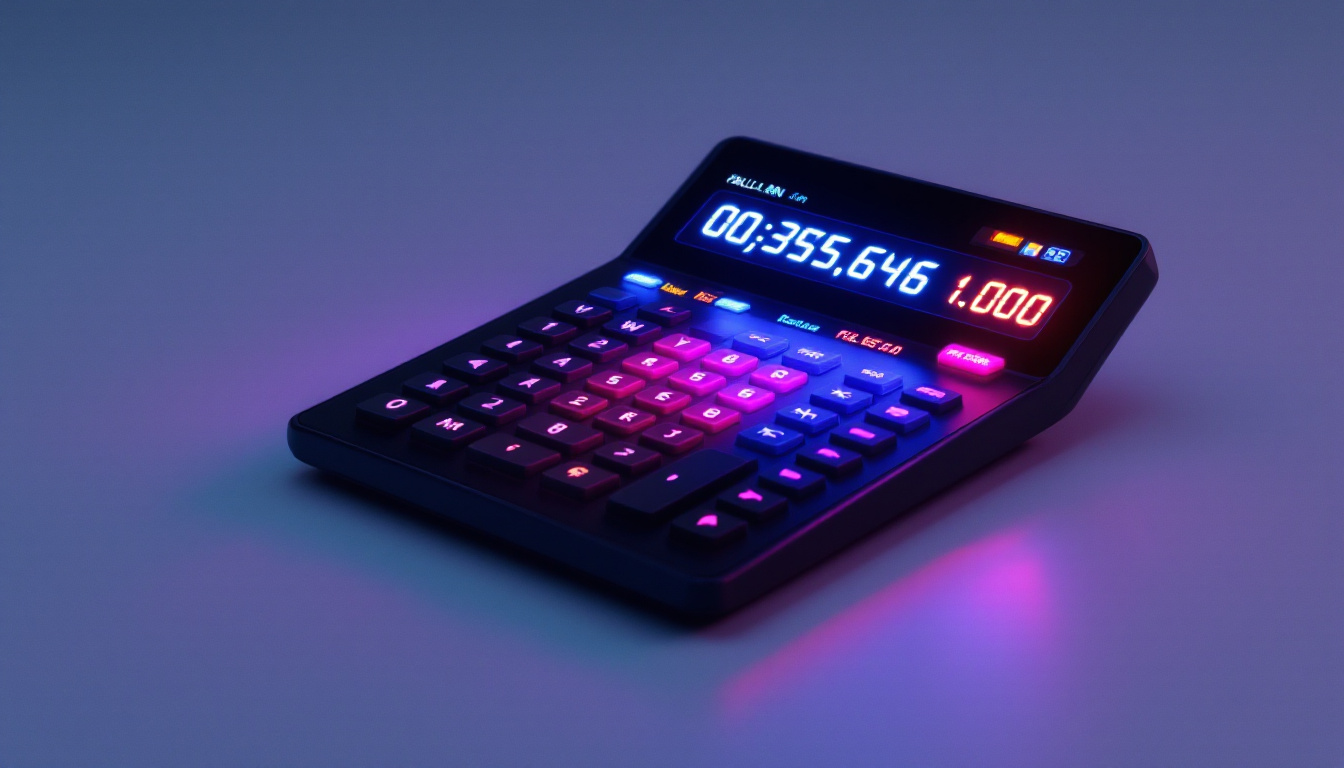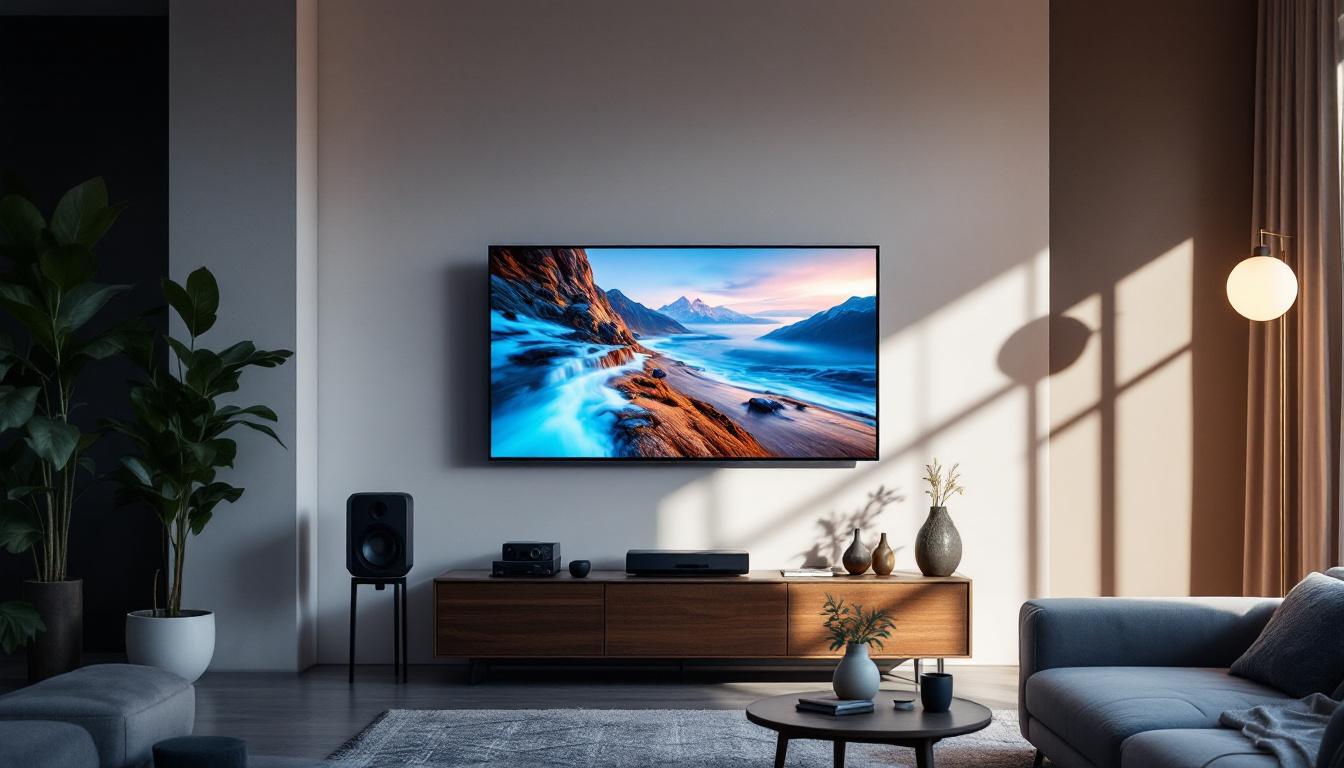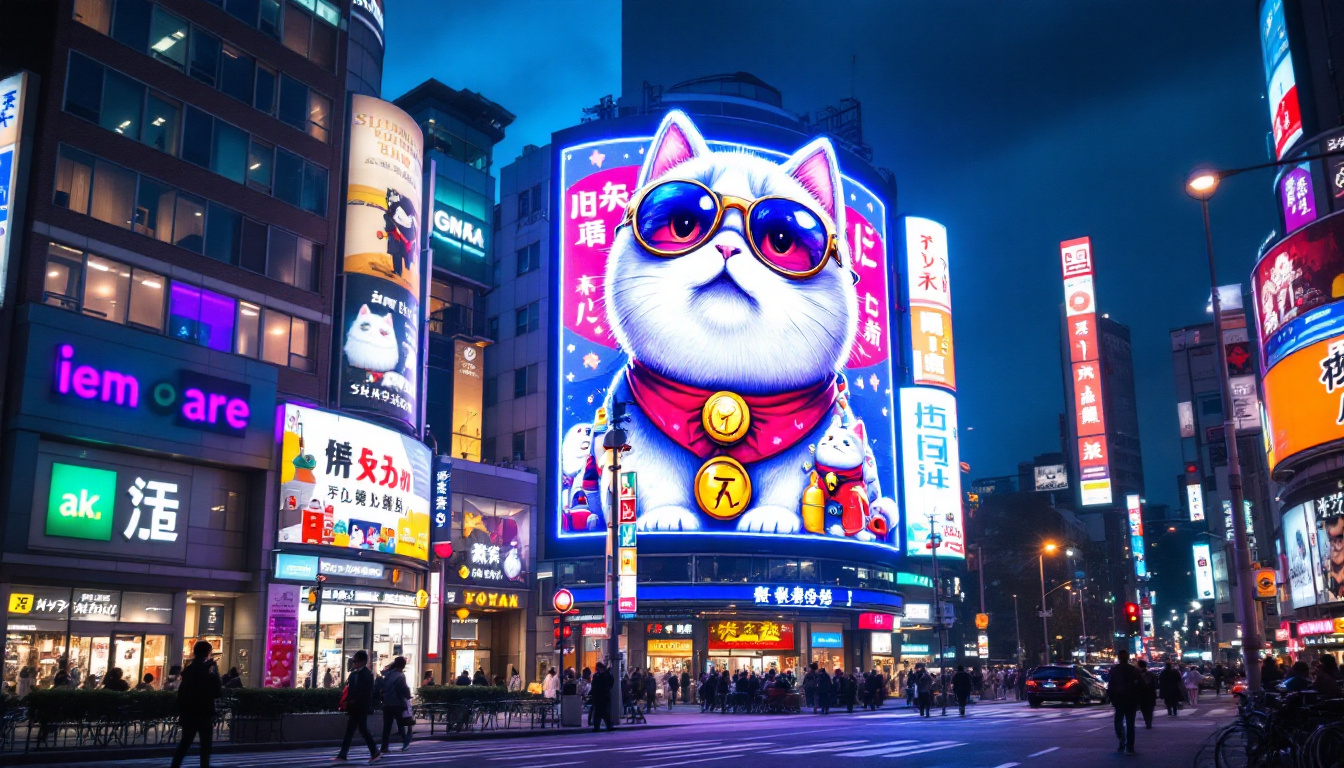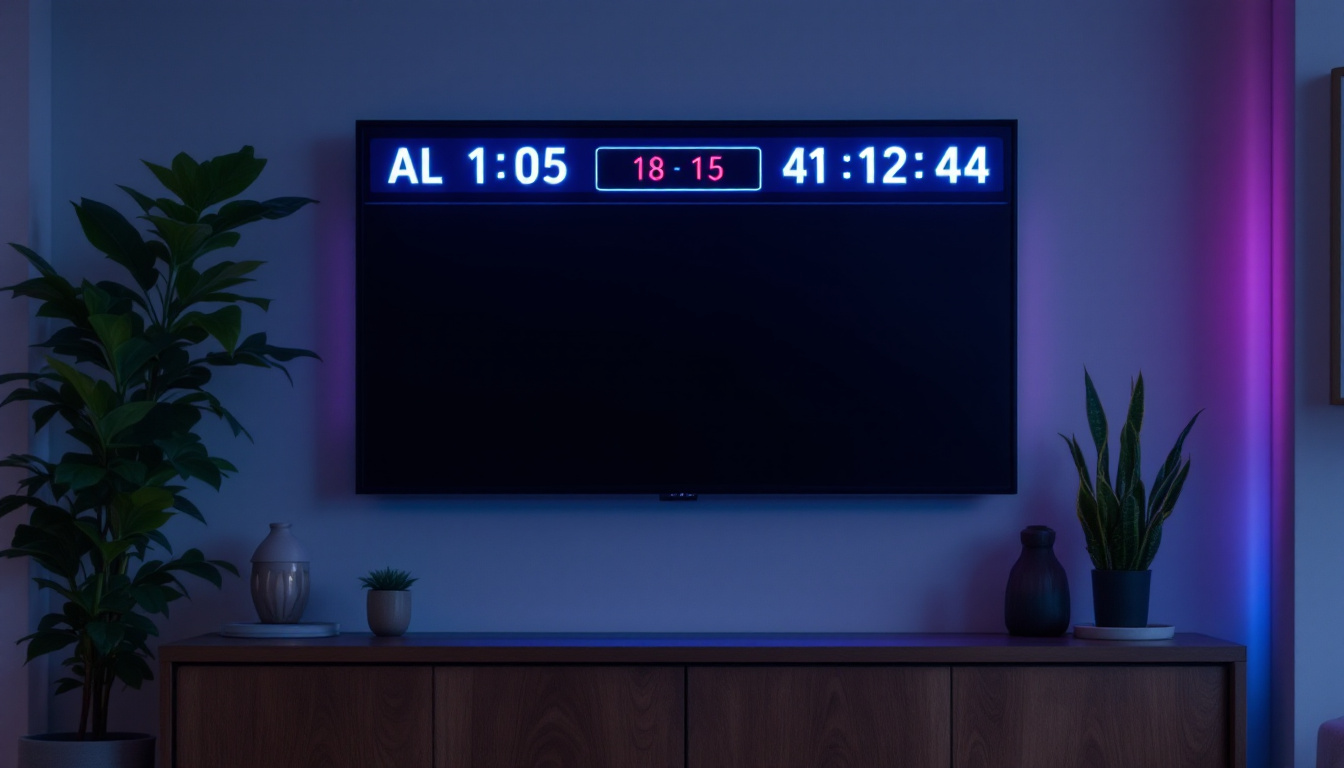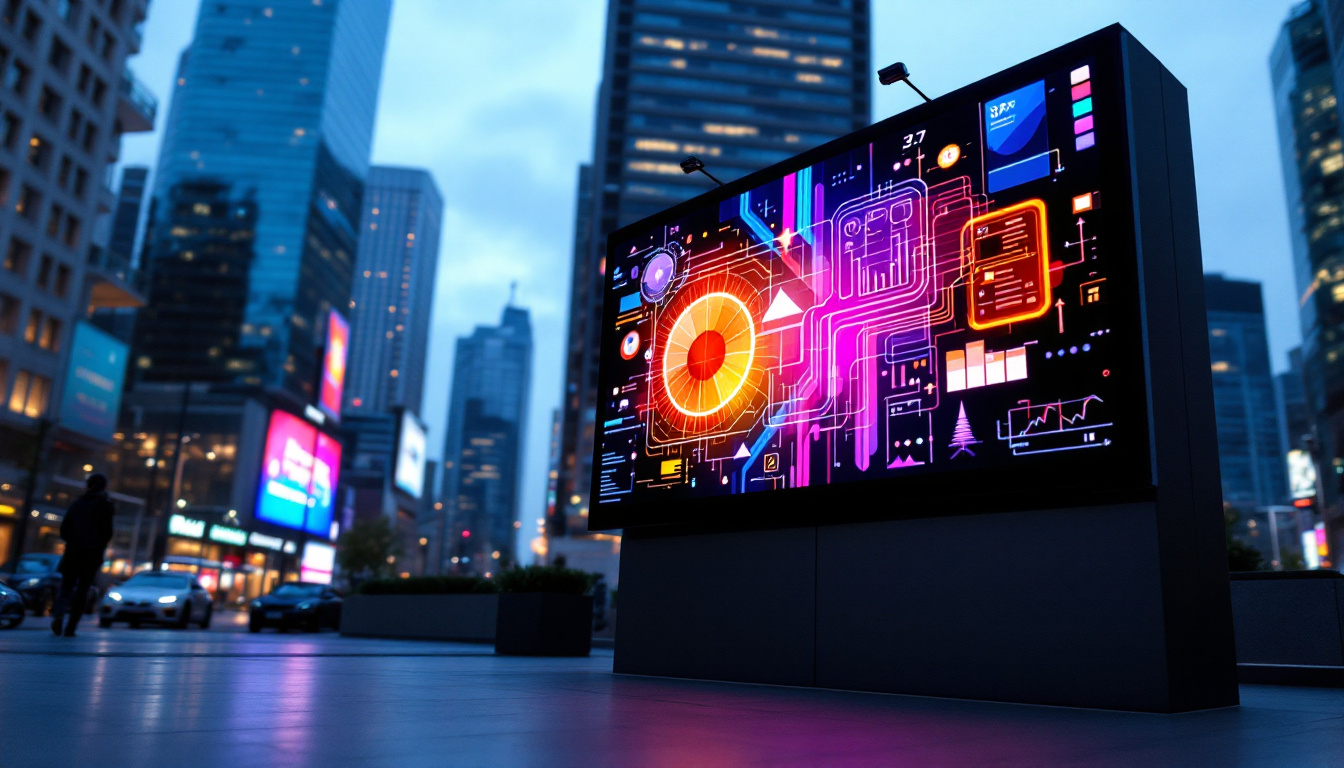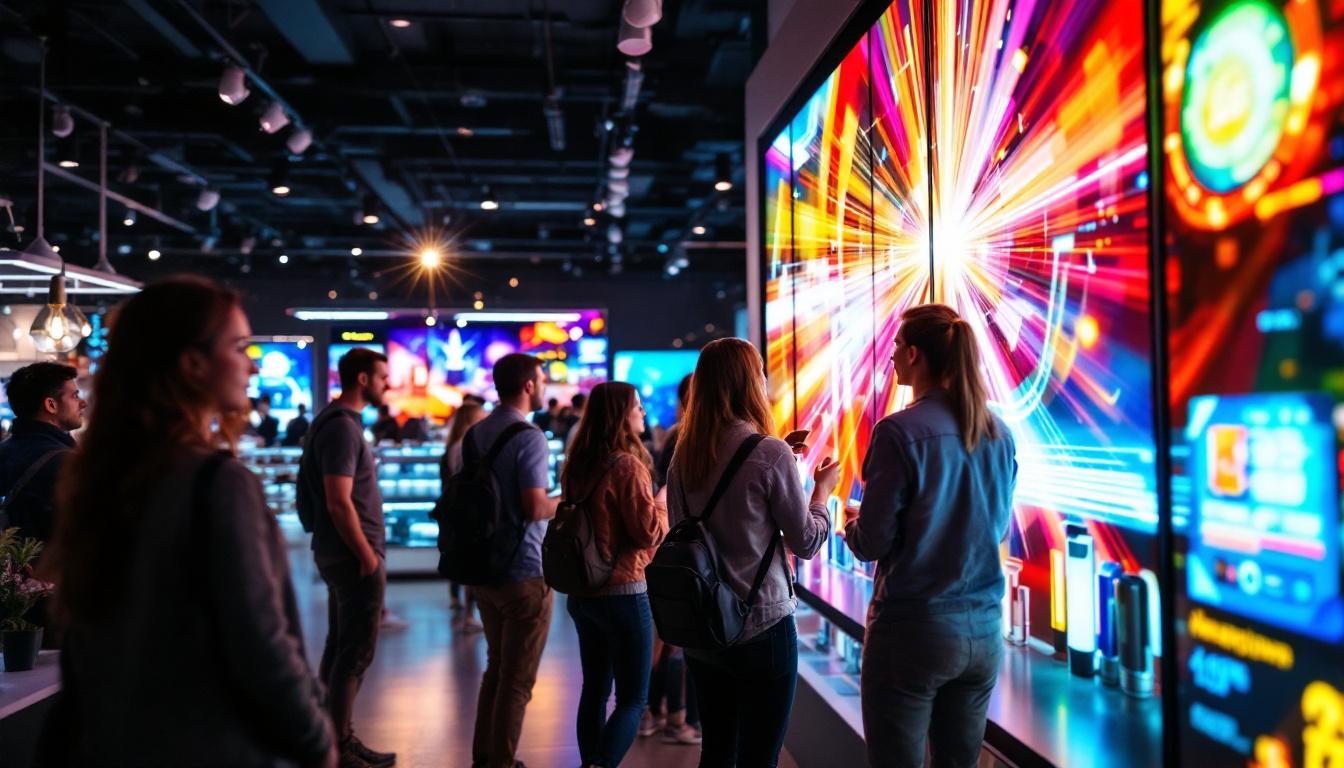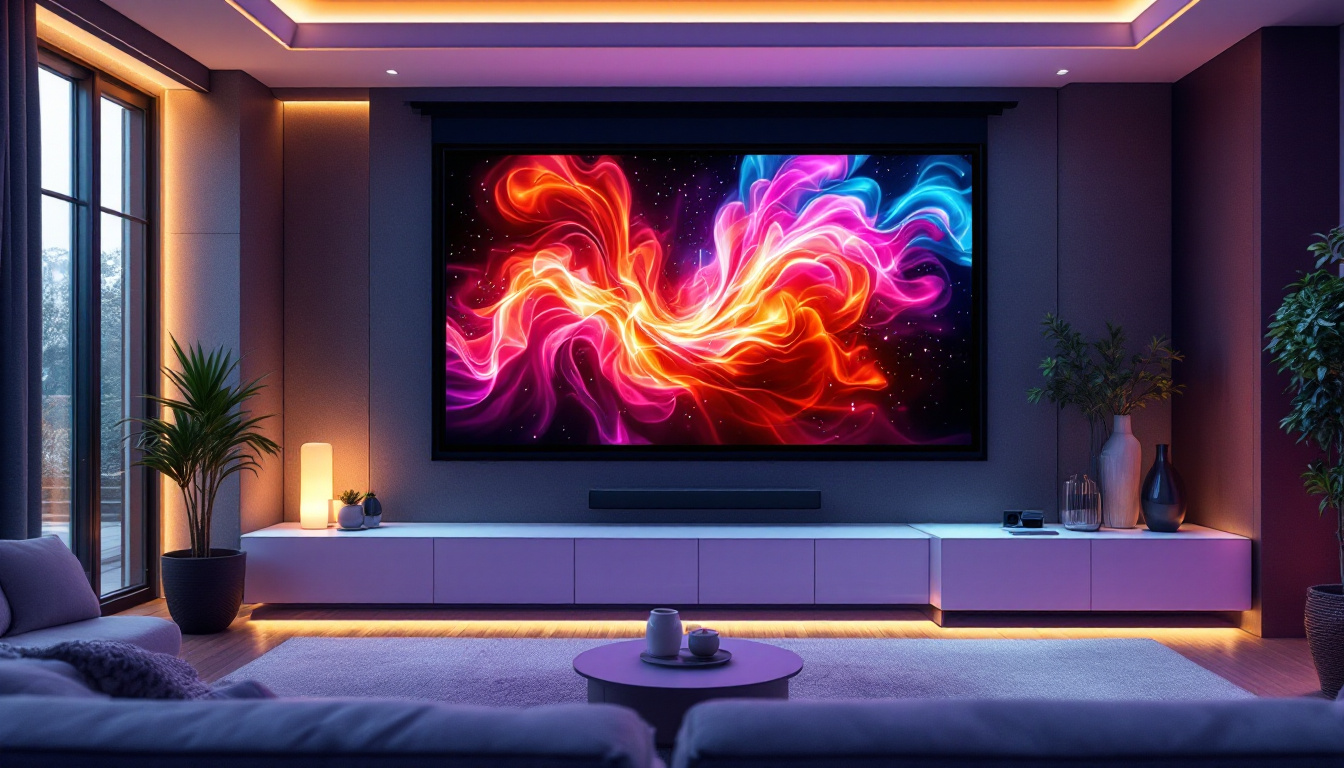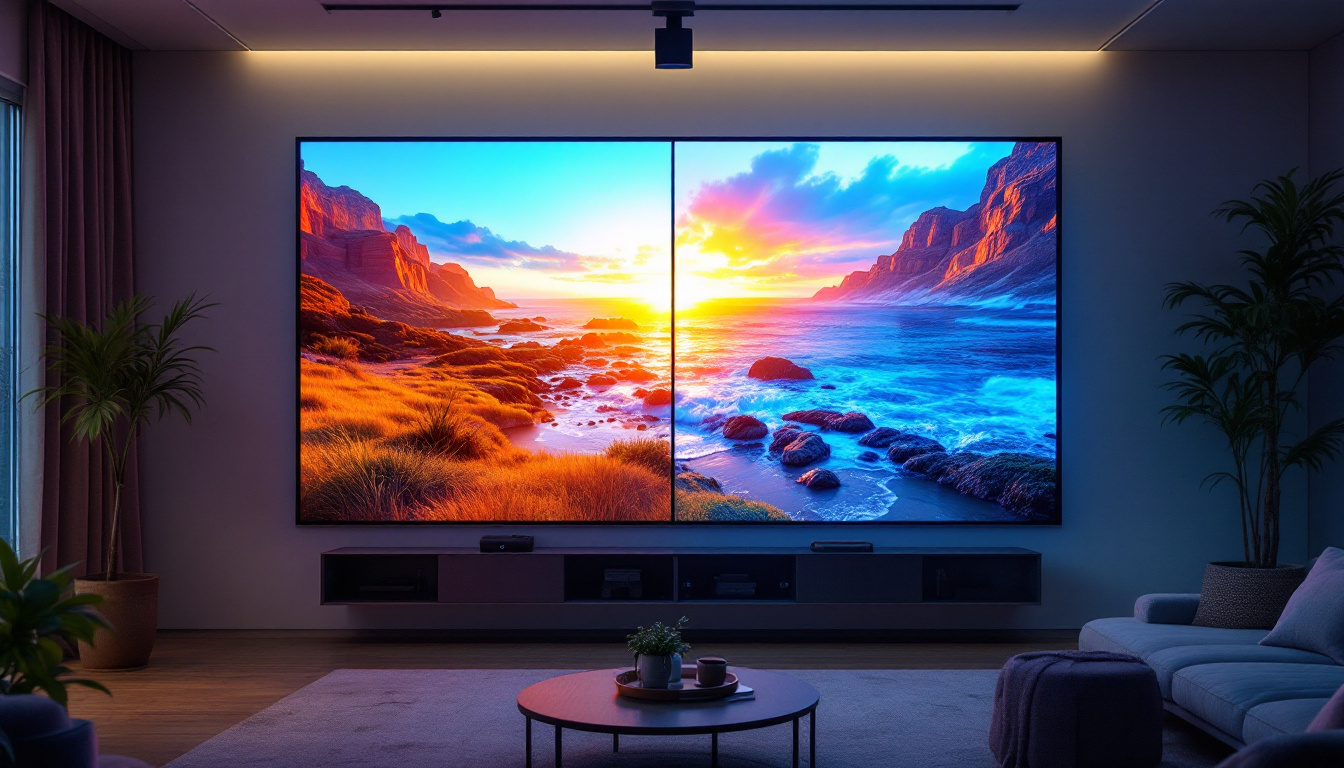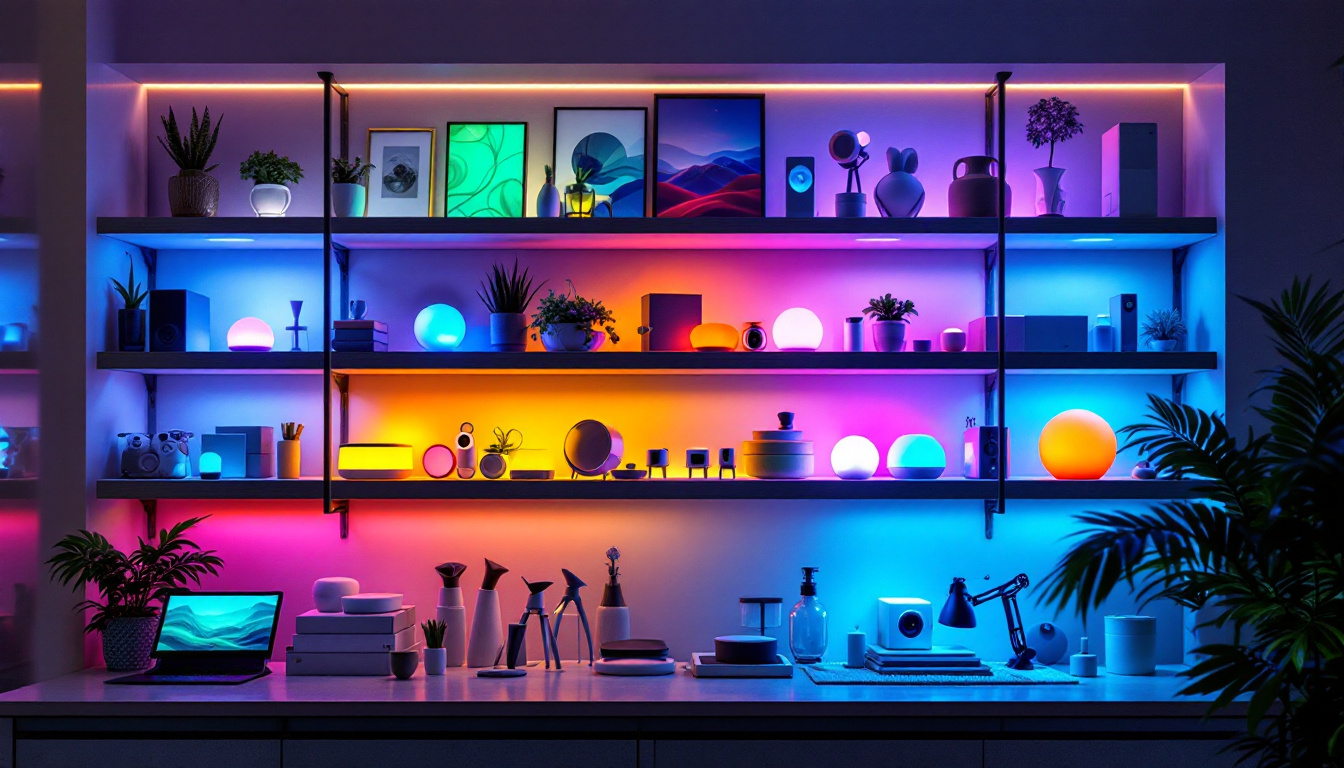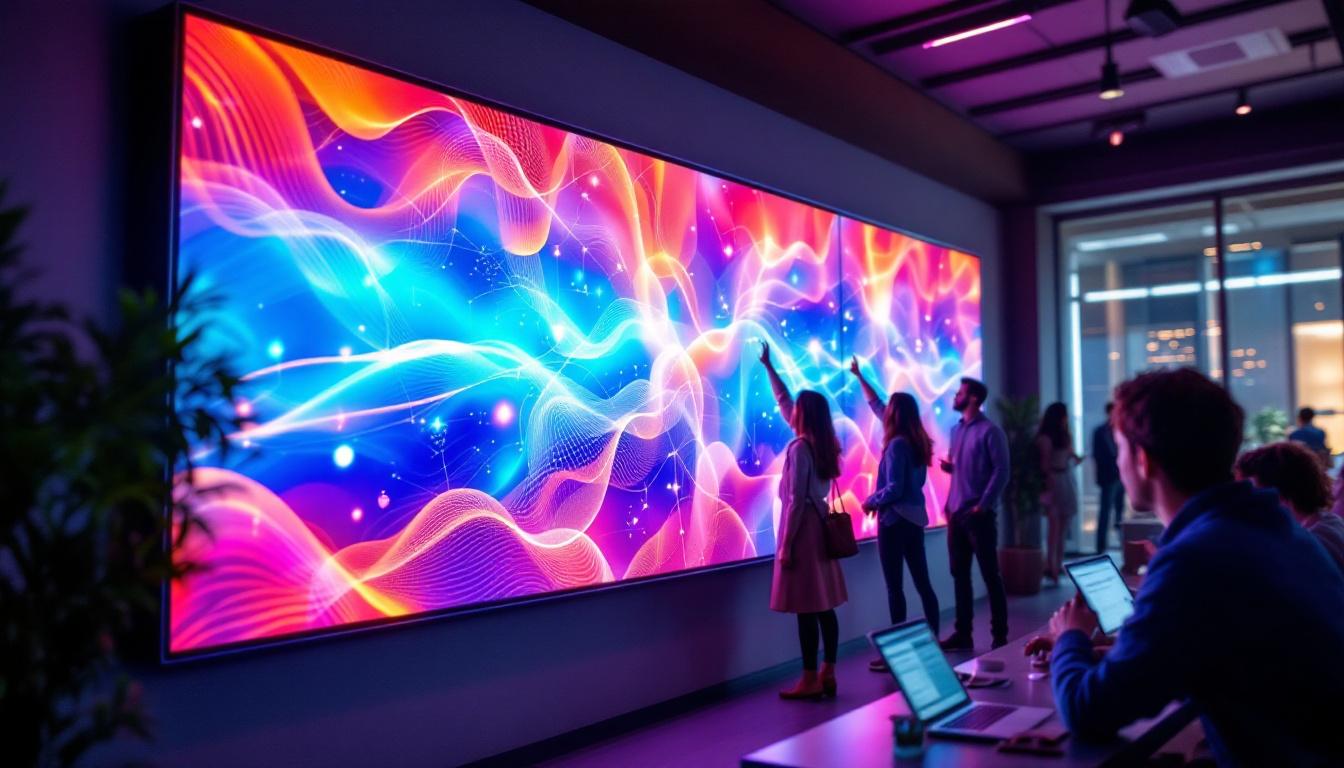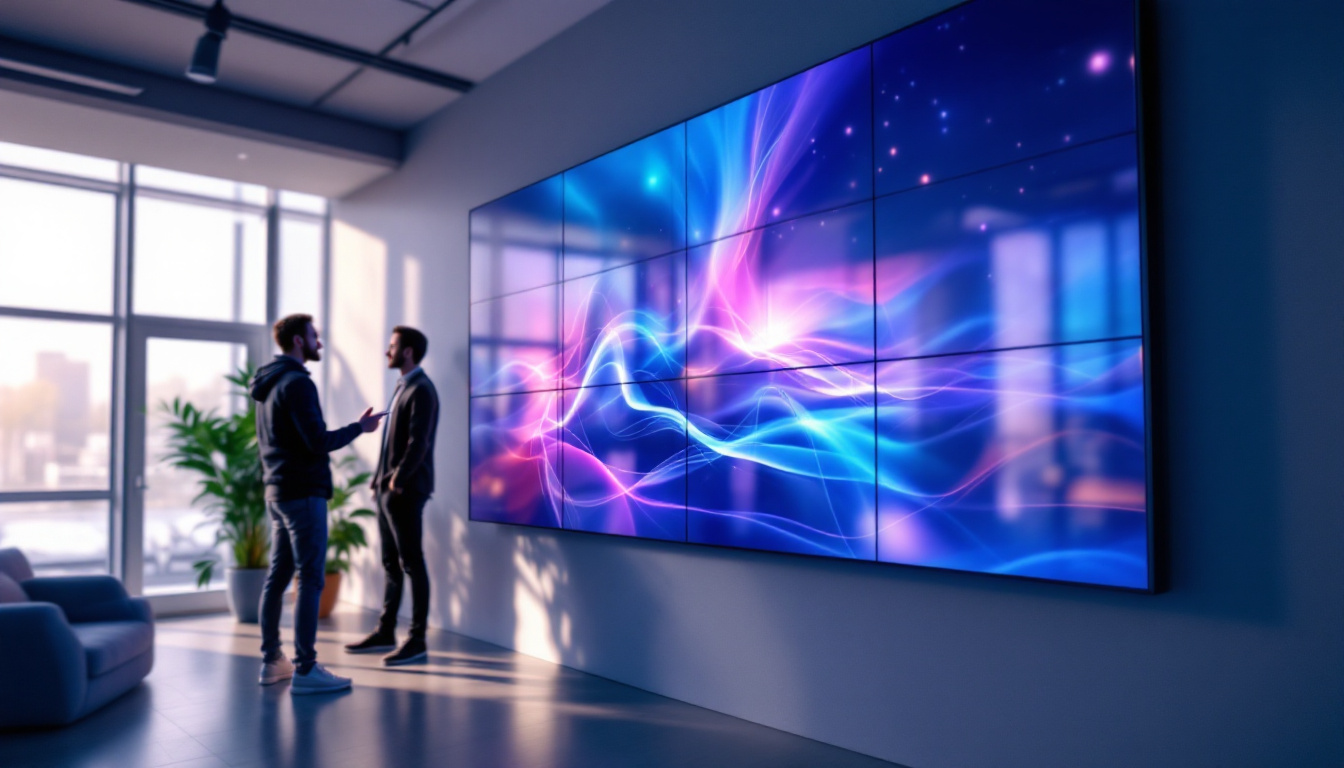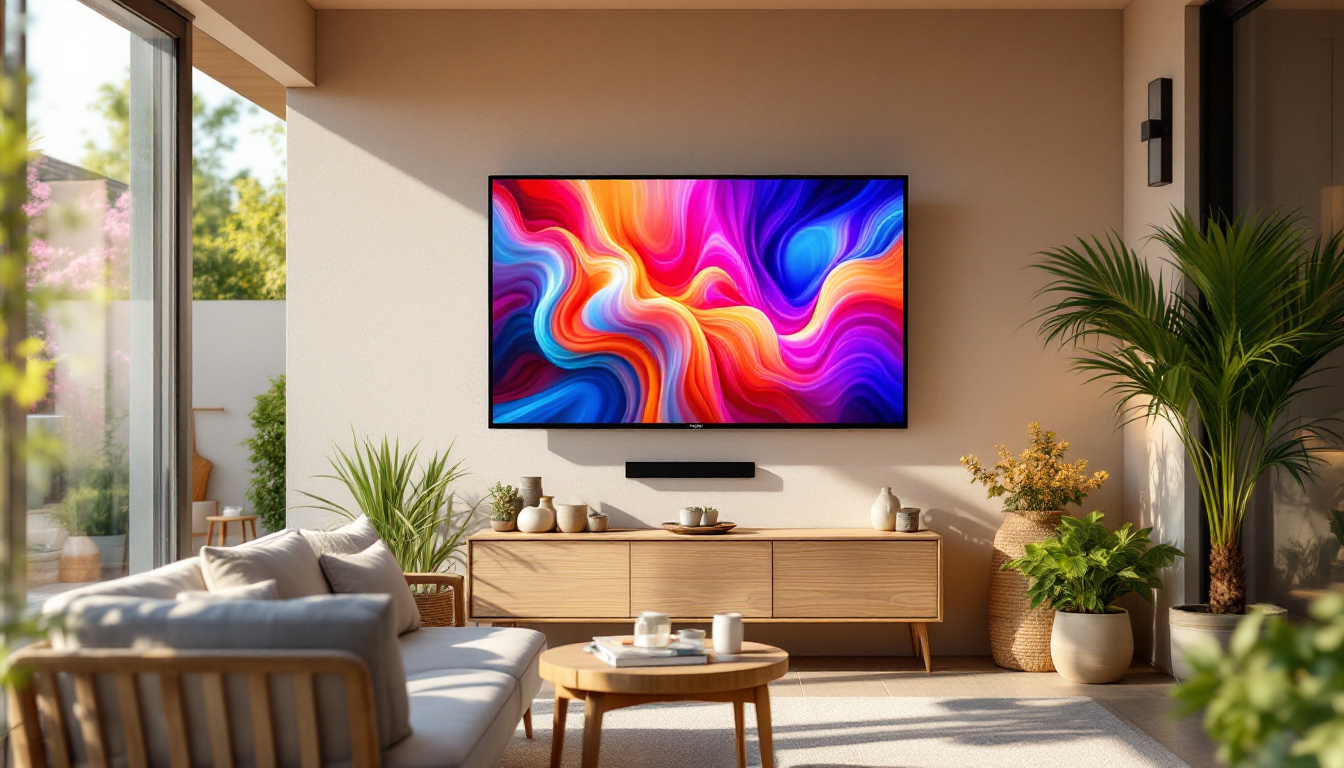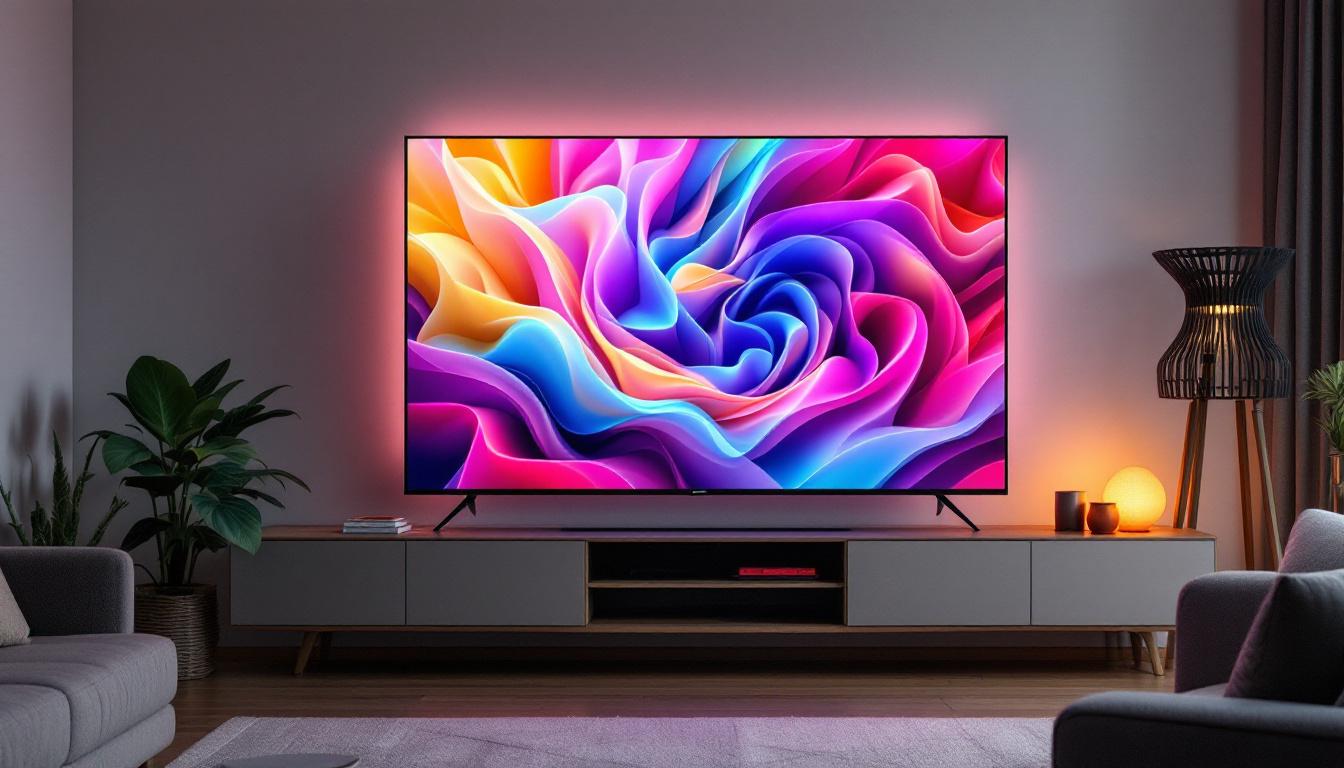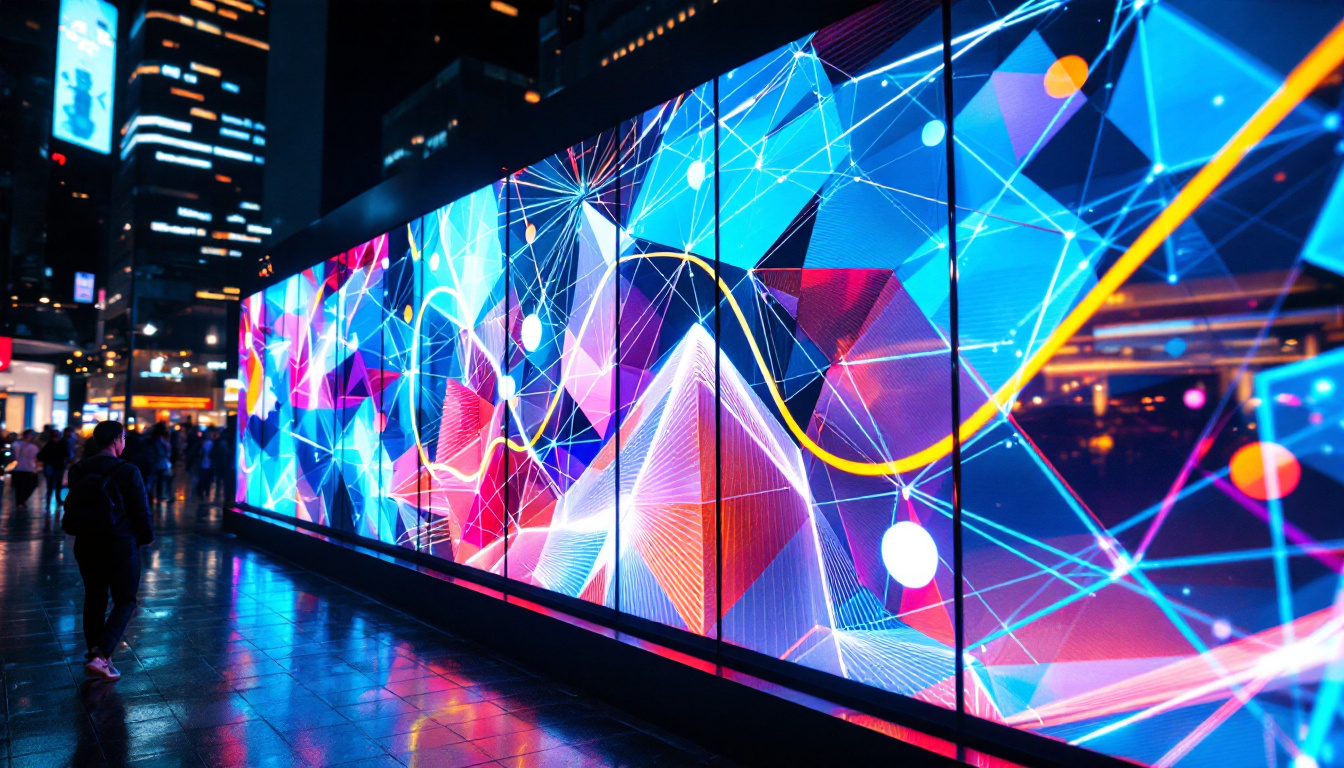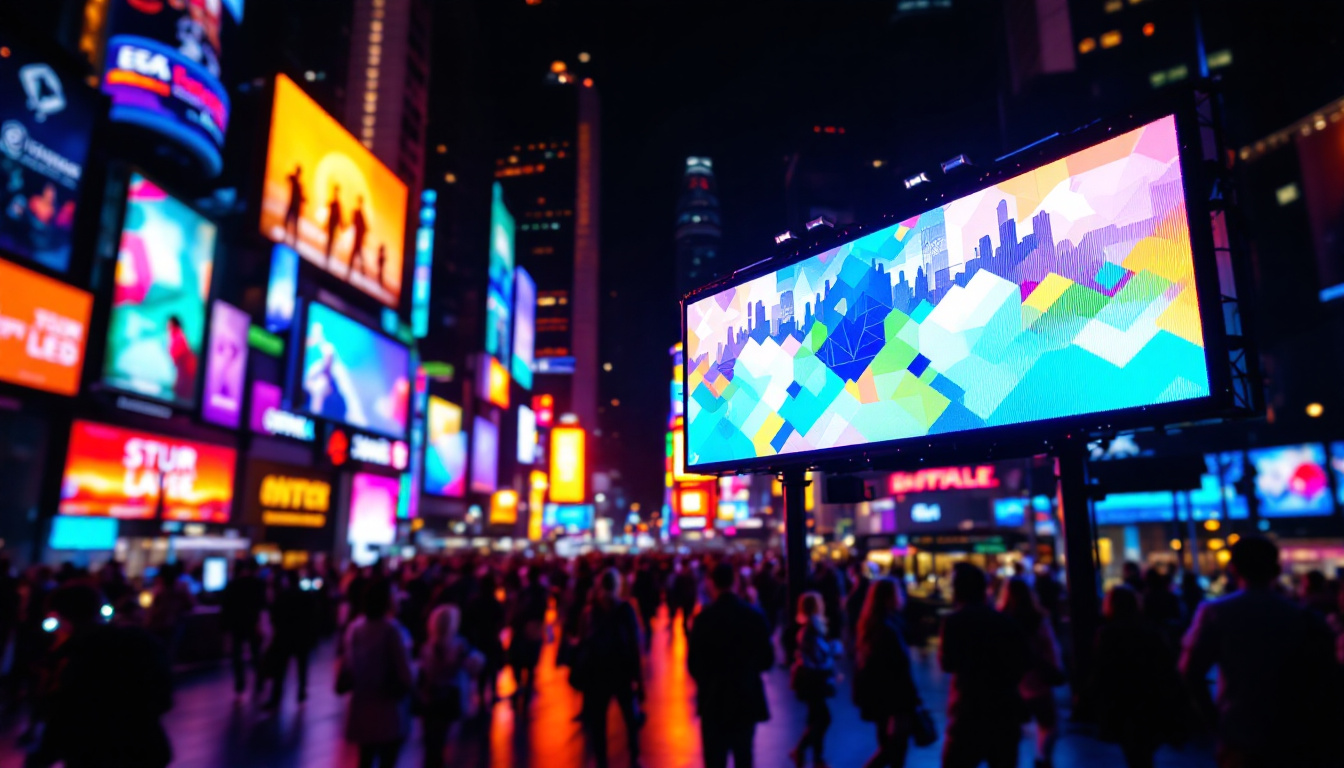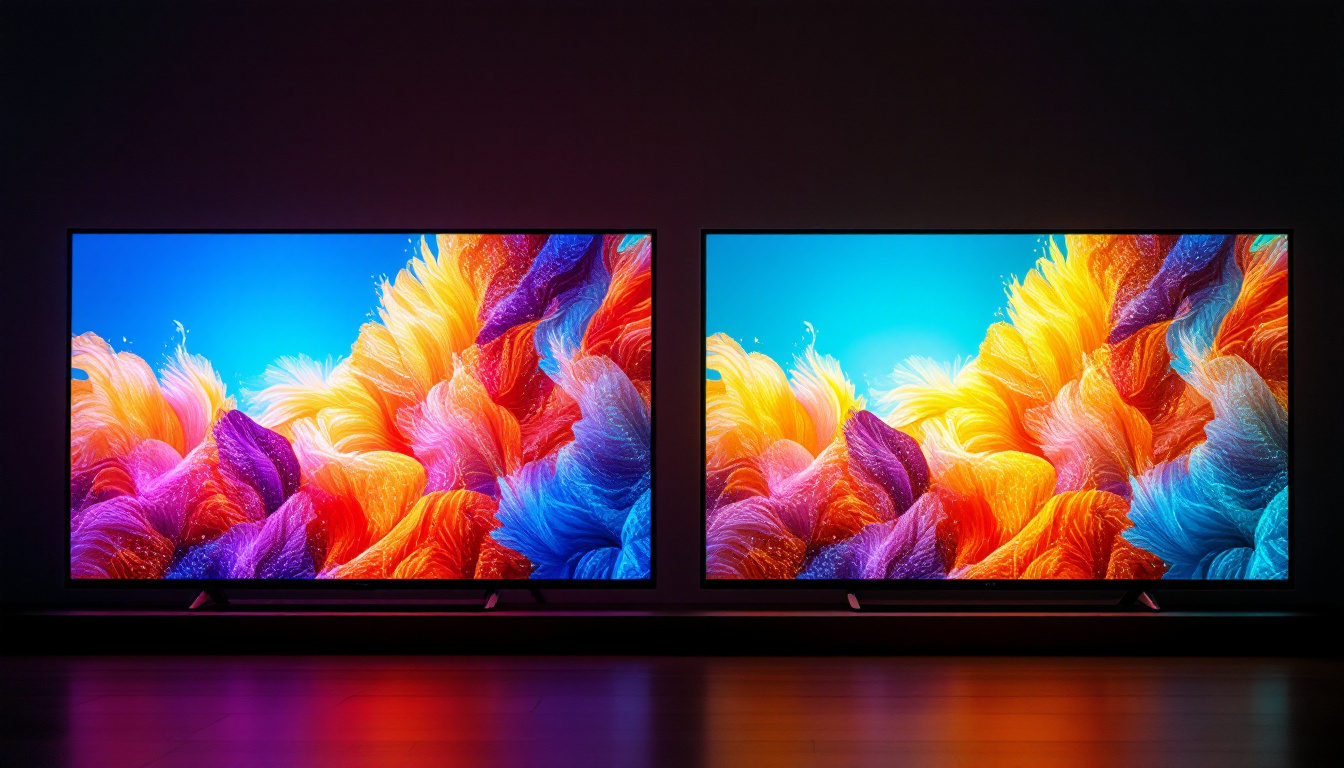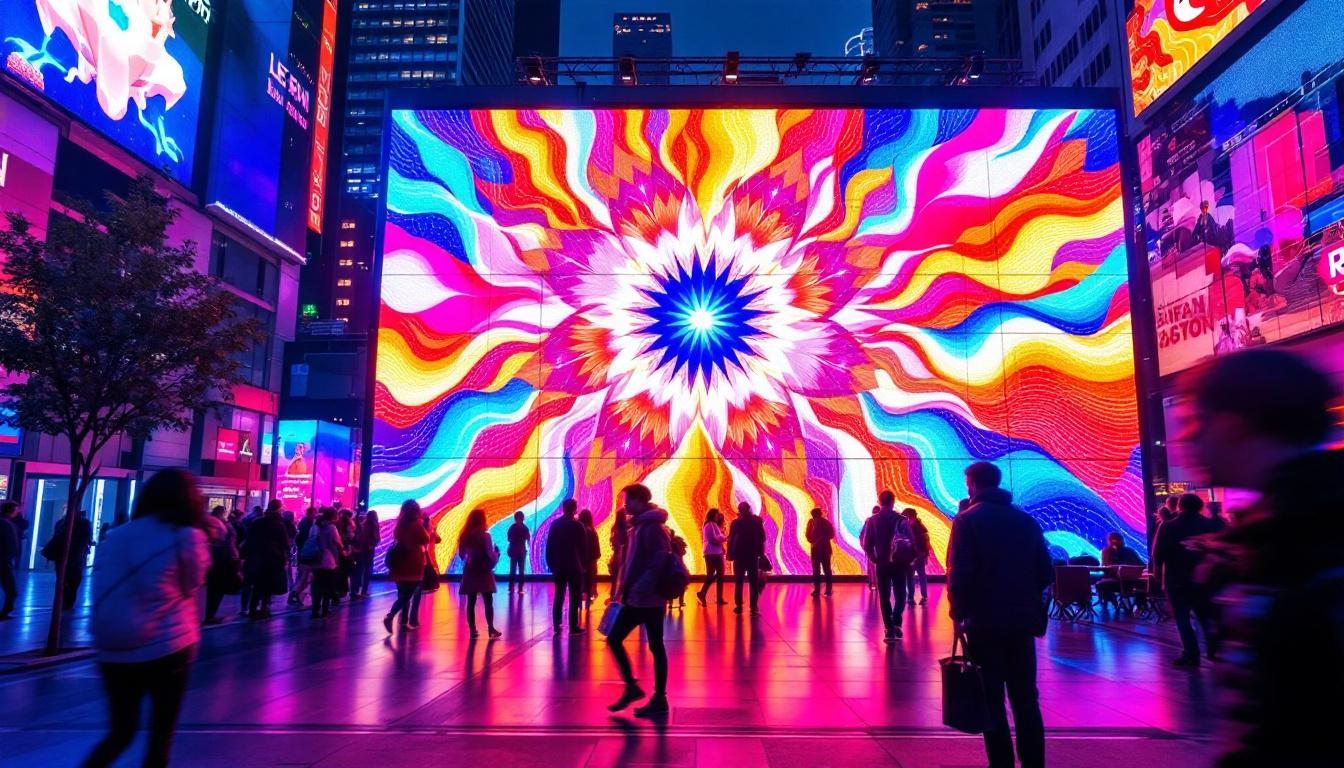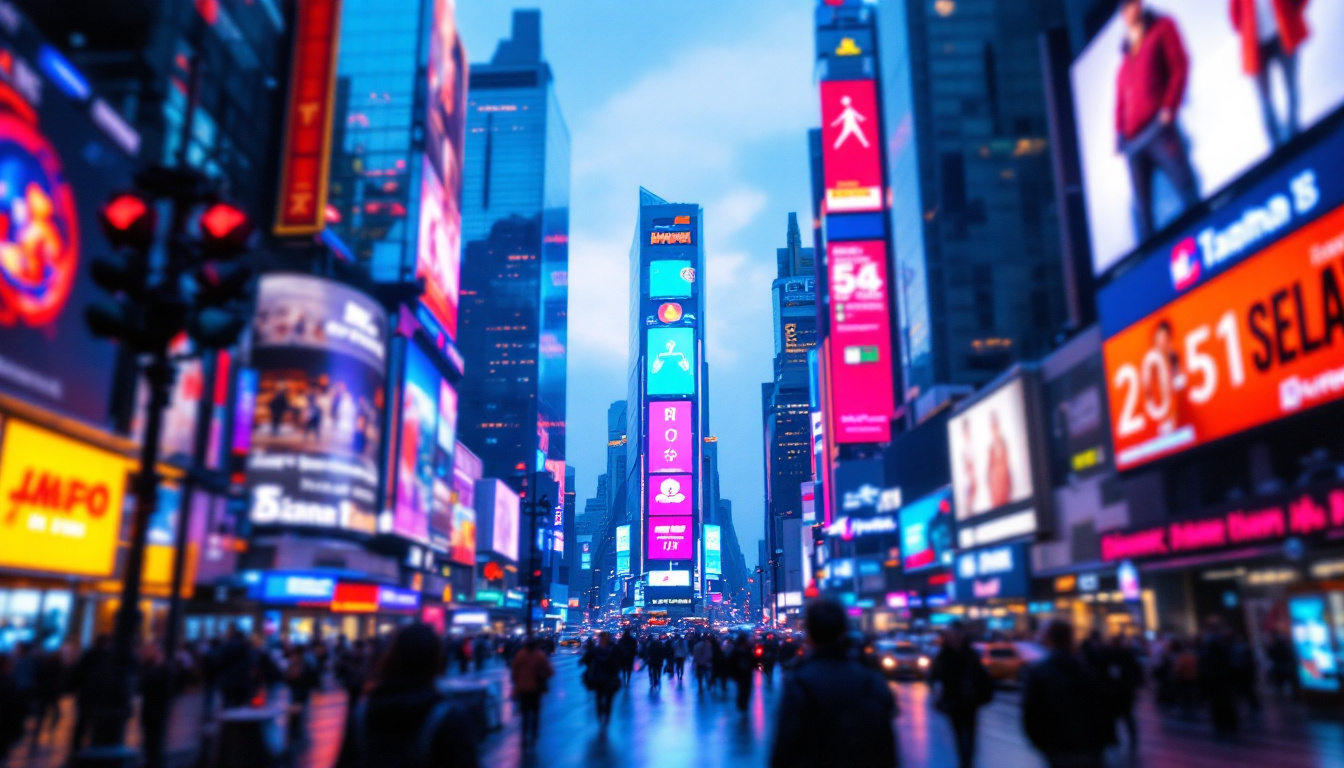The world of display technology has undergone a significant transformation over the past few decades. Among the most notable advancements is the rise of LED (Light Emitting Diode) displays, which have become ubiquitous in various applications, from advertising billboards to television screens. American LED manufacturers have played a crucial role in this evolution, leading innovations that have set industry standards. This article delves into the intricacies of LED displays, their benefits, and the key players in the American manufacturing landscape.
Understanding LED Technology
LED technology is based on the principle of electroluminescence, where a semiconductor emits light when an electric current passes through it. This technology has revolutionized the way images and videos are displayed, offering brighter, more energy-efficient solutions compared to traditional display technologies like LCD and plasma.
How LED Displays Work
At the core of an LED display are numerous tiny diodes that emit light. These diodes can be combined in various configurations to create pixels, which form the images we see. The configuration of these pixels can vary significantly, leading to different types of LED displays, such as full-color, monochrome, and RGB displays.
Full-color LED displays utilize red, green, and blue diodes to create a wide spectrum of colors. By adjusting the intensity of each color, these displays can produce vibrant images and videos. Monochrome displays, on the other hand, use a single color, typically red or green, and are often employed in applications such as scoreboards or simple signage.
Types of LED Displays
LED displays can be categorized into several types based on their application and technology. The most common types include:
- Outdoor LED Displays: Designed to withstand the elements, these displays are typically used for advertising and public information in outdoor settings.
- Indoor LED Displays: These displays are used in venues such as theaters, stadiums, and shopping malls, offering high resolution for close viewing.
- Transparent LED Displays: A newer innovation, these displays allow for visibility through the screen while still delivering content, making them ideal for retail environments.
Benefits of LED Displays
LED displays offer numerous advantages over traditional display technologies, making them a preferred choice for many applications. Their benefits include energy efficiency, longevity, and superior image quality.
Energy Efficiency
One of the standout features of LED displays is their energy efficiency. Compared to incandescent and fluorescent lighting, LEDs consume significantly less power, which translates to lower operational costs. This efficiency is particularly beneficial for large-scale displays that operate continuously, such as those found in public spaces.
Longevity and Durability
LEDs are known for their long lifespan, often lasting up to 100,000 hours or more. This longevity reduces the need for frequent replacements, which can be both costly and labor-intensive. Additionally, LED displays are more resistant to shocks and vibrations, making them suitable for various environments, including outdoor settings.
Superior Image Quality
LED displays provide exceptional image quality, characterized by high brightness, contrast ratios, and color accuracy. This quality is crucial for applications that require clear visibility, such as advertising and broadcasting. The ability to display dynamic content with vivid colors enhances viewer engagement, making LED displays a popular choice for marketers and content creators.
Leading American LED Manufacturers
The American LED manufacturing industry is home to several key players that have significantly contributed to the advancement of LED technology. These companies are known for their innovation, quality, and commitment to sustainability.
Major Players in the Industry
Some of the leading American manufacturers of LED displays include:
- Samsung Electronics America: A subsidiary of the global tech giant, Samsung is known for its cutting-edge display technology, including high-resolution LED displays used in various applications.
- LG Electronics USA: LG is another major player, offering a wide range of LED display solutions, including commercial and residential products.
- Daktronics: Specializing in large-scale LED displays for sports venues and outdoor advertising, Daktronics has established itself as a leader in the industry.
Innovation and Sustainability
American LED manufacturers are not only focused on technological advancements but also on sustainability. Many companies are investing in eco-friendly manufacturing processes and materials, aiming to reduce their carbon footprint. For instance, some manufacturers are developing LED displays that use recyclable materials and are designed for energy efficiency.
Innovation in the industry also includes the development of smart LED displays that integrate with IoT (Internet of Things) technology. These displays can be controlled remotely, allowing for real-time updates and content management, which is particularly valuable for advertising and information dissemination.
Applications of LED Displays
LED displays are versatile and can be found in a wide range of applications across various industries. From entertainment to transportation, their adaptability makes them a preferred choice for many organizations.
Advertising and Marketing
One of the most prominent applications of LED displays is in advertising. Billboards and digital signage utilize LED technology to capture the attention of consumers with vibrant visuals and dynamic content. These displays can be easily updated, allowing advertisers to change messages quickly and efficiently.
Moreover, the ability to target specific audiences based on location and time enhances the effectiveness of advertising campaigns. Businesses can analyze viewer data and adjust their content accordingly, maximizing their return on investment.
Entertainment and Events
In the entertainment industry, LED displays are used in concerts, festivals, and sporting events to create immersive experiences for audiences. Large LED screens are often set up at venues to display live feeds, graphics, and animations, enhancing the overall experience.
Additionally, LED technology is employed in theatrical productions and corporate events, where high-quality visuals are essential for engaging audiences. The flexibility of LED displays allows for creative staging and dynamic presentations, making them a staple in the entertainment sector.
Transportation and Public Spaces
LED displays are increasingly being used in transportation systems and public spaces to provide real-time information to commuters. Digital signage at airports, train stations, and bus terminals displays arrival and departure times, helping travelers stay informed.
Furthermore, LED displays in public spaces serve as platforms for community announcements, safety information, and emergency alerts. Their visibility and adaptability make them invaluable tools for communication in urban environments.
Challenges Facing the LED Display Industry
Despite the many advantages of LED displays, the industry faces several challenges that manufacturers must navigate. These challenges include competition, technological advancements, and regulatory hurdles.
Competition and Market Saturation
The LED display market is highly competitive, with numerous manufacturers vying for market share. This competition can lead to price wars, which may impact profit margins for companies. Additionally, as the market becomes saturated with similar products, differentiation becomes increasingly important.
Manufacturers must continually innovate and offer unique features to stand out in the crowded marketplace. This could involve investing in research and development to create advanced technologies or enhancing customer service and support.
Technological Advancements
As technology evolves, so do consumer expectations. The rapid pace of innovation in the LED display industry means that manufacturers must stay ahead of trends and adapt to changing demands. This could include developing displays with higher resolutions, improved energy efficiency, or enhanced interactivity.
Furthermore, the integration of smart technologies and connectivity features is becoming a necessity. Manufacturers that fail to keep up with these advancements risk losing relevance in a fast-moving industry.
Regulatory and Environmental Concerns
Regulatory challenges can also impact the LED display industry, particularly concerning environmental standards. As sustainability becomes a priority for consumers and governments alike, manufacturers must ensure that their products comply with environmental regulations.
This includes addressing issues related to waste management, energy consumption, and the use of hazardous materials in manufacturing. Companies that prioritize sustainability in their practices are likely to gain a competitive edge in the market.
The Future of LED Displays
The future of LED displays looks promising, with ongoing advancements expected to further enhance their capabilities. As technology continues to evolve, LED displays will likely become even more integrated into everyday life.
Emerging Technologies
Emerging technologies such as microLED and OLED (Organic Light Emitting Diode) are set to revolutionize the display landscape. MicroLED technology, in particular, offers the potential for even higher resolutions and better energy efficiency, making it a strong contender for future applications.
Additionally, advancements in augmented reality (AR) and virtual reality (VR) may lead to new ways of utilizing LED displays, creating immersive experiences that blend the digital and physical worlds.
Increased Demand for Customization
As businesses seek to create unique brand identities, the demand for customized LED displays is expected to grow. Manufacturers will need to offer more flexible solutions that cater to specific customer needs, including size, shape, and functionality.
This trend towards customization will likely drive innovation in the design and manufacturing processes, enabling companies to deliver tailored solutions that stand out in the marketplace.
Global Expansion
While American manufacturers are leading the charge in LED display technology, the global market is also expanding rapidly. Emerging markets are increasingly adopting LED technology for various applications, presenting opportunities for American companies to expand their reach.
As global demand for LED displays continues to rise, American manufacturers will need to navigate international markets and adapt their strategies to meet diverse consumer needs.
Conclusion
LED displays have transformed the way information and entertainment are presented, offering numerous advantages over traditional technologies. American LED manufacturers are at the forefront of this evolution, driving innovation and sustainability in the industry.
As the demand for LED displays continues to grow across various sectors, manufacturers must adapt to challenges and seize opportunities to remain competitive. With emerging technologies and a focus on customization, the future of LED displays is bright, promising even more exciting developments in the years to come.
Discover Cutting-Edge LED Display Solutions with LumenMatrix
As the LED display landscape continues to evolve, LumenMatrix stands at the forefront, offering a diverse array of innovative LED display modules. Whether you’re looking to enhance brand visibility with an Indoor LED Wall Display, captivate passersby with an Outdoor LED Wall Display, or create dynamic visual experiences with Custom LED Displays and more, LumenMatrix has the technology to bring your vision to life. Embrace the future of visual communication and check out LumenMatrix LED Display Solutions to see how we can empower your business to illuminate your message with precision and creativity.


